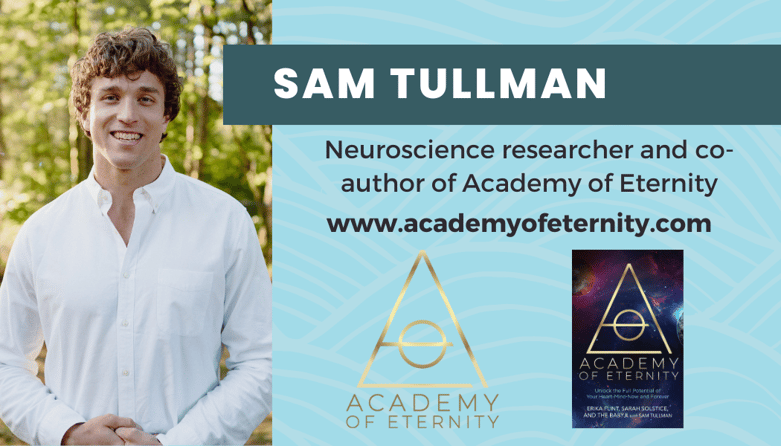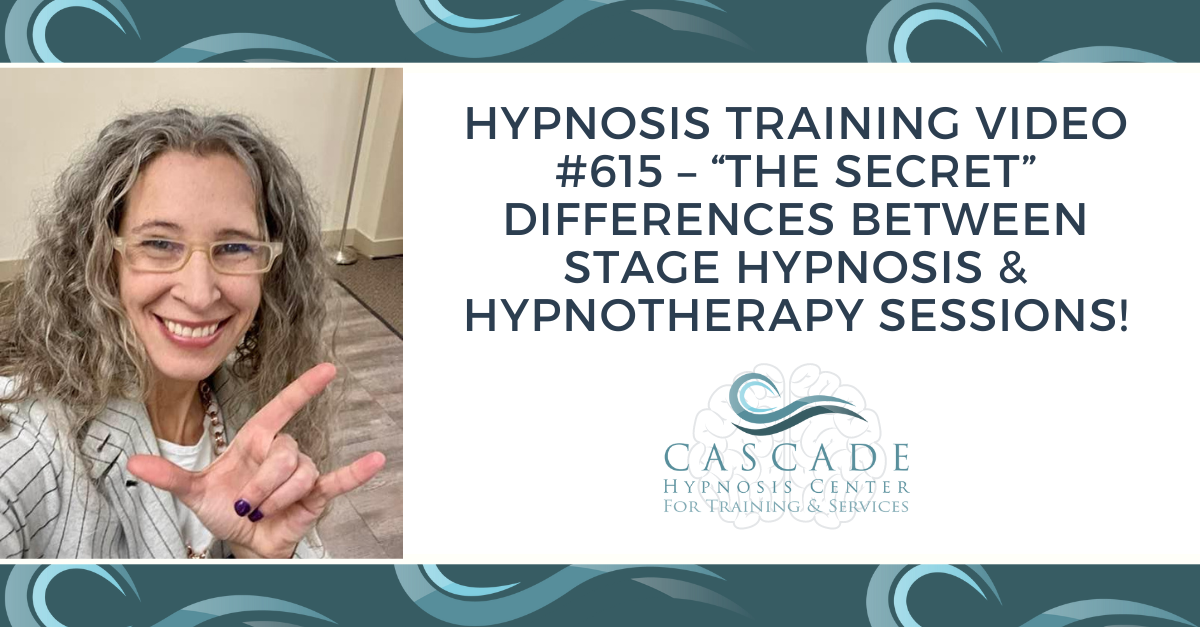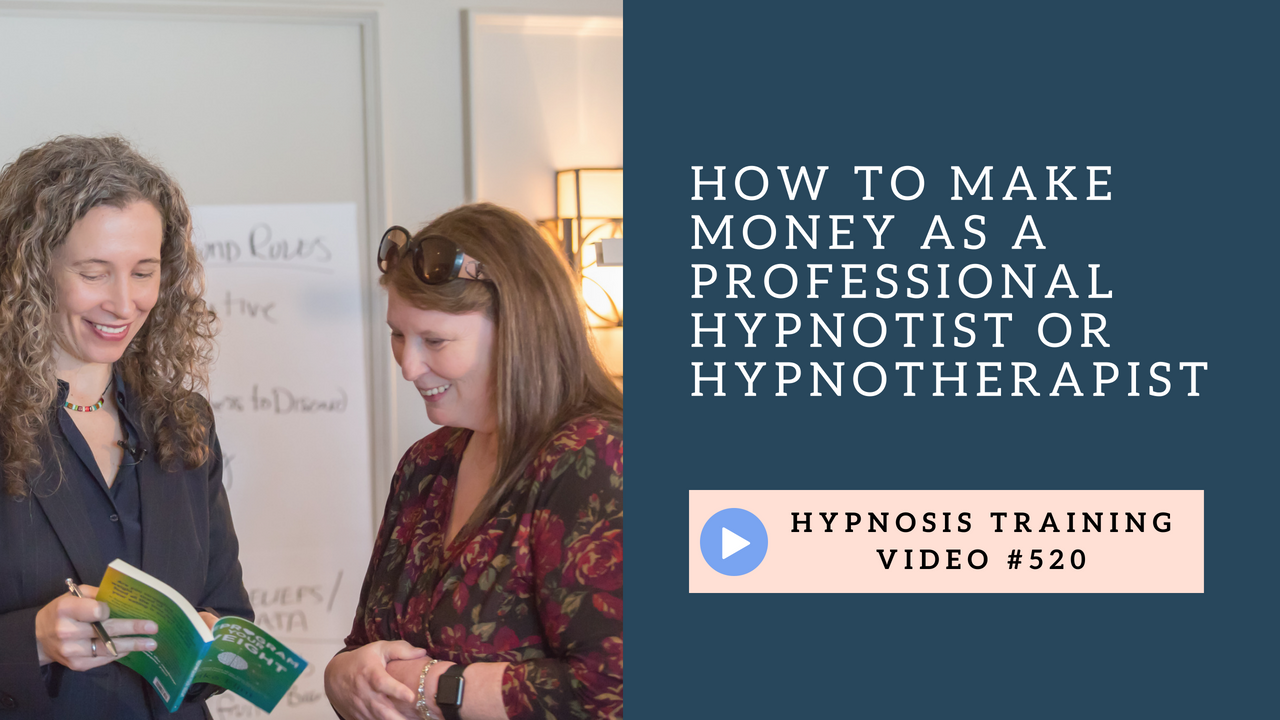The Harmony of Hypnosis and Neuroscience - Living Hypnotically with Sam Tullman
How'd you first become interested in Neuroscience?
Sam got started at a young age with the question of "Why are people so crazy?" He wanted to know why people did the things they did. Through high school he really enjoyed the natural sciences and discovered neuroscience, which led to him studying neuroscience for his undergrad.
While studying he unfortunately experienced some depression. But a trusted mentor told him to start meditating, and he realized how much he had to unlearn and look deeper inside. In a lot of ways he was discovering hypnotic work.
After making improvements, his perspective shifted from "why are we so crazy?" into "how can we be better?" "What's the pathway to get back to this wholeness? " He had a new fascination and wanted to explore how science could explain some of these things.
What's a mind blowing thing you've experienced?
Sam was able to see people come from all sorts of different levels of struggle, and in just a couple days of focused exercise were able to make huge personal improvements.
He was also able to research different meditaters and witness scientific feedback of what's going on with the heart and mind during their practice. Some expert meditaters could almost turn themselves off and back on again, and others were able to generate so much power in their brain that it was basically immeasurable with the available tools.
What would you like to share right now about hypnosis and meditation that is important for people to understand?
The Alpha Sequence, meditation, and hypnosis are all names for a similar practice that encourages alpha brain waves. It's like turning the volume up on one part of your experience. The alpha frequency is the main way that the brain is able to focus on one specific part of an experience. We can learn to be hypnotized by anything, and if we can learn to be hypnotized by our own body's natural state, then the sky is the limit. Working with the vagus nerve is a wonderful way to make progress with this because the vagus nerve is basically the main connector between the brain and the body.
Can you talk a little about zen and how you incorporate it into your life?
Sam and Erika met each other at a retreat called 40 years of zen. But before that Sam had been doing zen meditations at a temple in Seattle. The first time he went out to coffee with a group from that temple, they got really interested in the retreat. He was hesitant to name it because he knew that while the retreat says you can achieve a lifetime of zen in just a week, it's truly an ongoing and lifelong practice to maintain zen. The retreat did create some amazing A-ha moments which gave his practice some momentum.
Erika explains how with her experience with hypnosis, people are often off their path of happiness and need to rediscover what their personal practice and routine is so that they can maintain happiness, confidence, and calm demeanor even when life changes and stressful moments arise.
Sam continues by agreeing that many people do need to have a sort of "coming home" experience. Whether that's finding spirituality or reconnecting with the earth or the universe. He shares that he had a Zen teacher that called us "bags of stardust" since we are technically made of the universe. While texts and guidance can be helpful, it is more beneficial to really discover life's big answers for yourself in your own way.
"Enlightment is when you meet the good friend in your own mind."
Part of the zen practice is having a relationship with this good friend.
What kind of physiological "hacks" do you use?
Erika shares an experience she had where she had to drive to Seattle during a snow storm and found herself feeling very anxious, so she started humming which seemed to really help calm her down.
Sam explains that our vagus nerve has a special connection with our inner ear, and doesn't so much care about specific words, but is very attuned to specific tones or timbers. Our vagus nerve also travels down through our throat and neck, so that's why humming can be calming and stress relieving. Humming and singing can also unintentionally slow our breath down by focusing on the rhythm or tone.
A third way our body connects to the vagus nerve is by relaxing or massaging our shoulders and neck. It's why when we are stressed we raise or tense our shoulders. We want to activate the vagus nerve to help our heart rate and breath slow down to a relaxed state, and massaging the neck and shoulders can help that process happen.
These vagus activating exercises create anchors that bring us back into a calm state. At times it can also be helpful to take a step back and admit you're feeling scared or anxious. Ask yourself why, but come at it with a sense of curiosity to learn more about what you're experiencing.
It's also true that our body only has enough resources to feel certain feelings for a certain amount of time. Emotions are different from feelings because emotions have thoughts attached to them. Chances are if you feel like you're in a bad mood, you aren't actually FEELING that bad mood for every second, but your brain recognizes the pattern and every time you think about how you're feeling your brain continues the pattern that you are in a bad mood, so it feels like a constant and on-going state.
If we are able to interrupt these patterns, we can make huge changes and have epiphanies about how much power we really have over how we feel. We are able to break the patterns that we've conditioned ourselves to look for. We can make new patterns with positive emotions, but we can also decide to let go of patterns and be better at just observing in the present moment without attaching to a familiarity.
Another helpful tool is to be able to specifically name your feelings. Feeling "bad" can mean we're actually feeling angry, shameful, or guilty, but it all gets umbrellaed under "bad" so we continue to tell ourselves that we're feeling "bad" constantly. But if we can isolate the specific feelings and work through them one by one, then we can become much better at identifying not only our mood but also the triggers that initiate those negative patterns.
Hypnosis, meditation, and other helpful practices can be the first step to helping to unlearn or be able to pivot from these negative patterns that you wish to work through. Finding new perspectives is paramount. It can feel uncomfortable at first to make a conscious shift and start looking for new patterns, but it's a beautiful practice with spectacular rewards. You'll find new connections and "a-ha" moments by walking around through daily life with these conscious shifts, and momentum builds so that it becomes easier and easier to feel these positive feelings in more areas of our lives.
Check out about Academy of Eternity which has a couple of chapters written by Professor Sam about neuroscience and hypnosis. You can visit www.academyofeternity.com and www.thealphasequence.com for more information.



